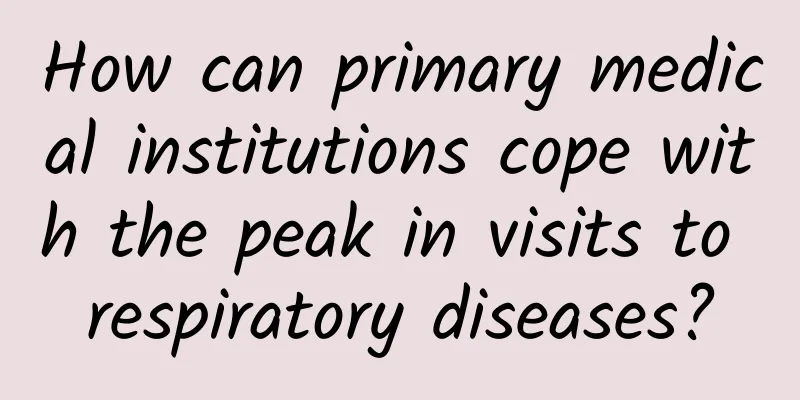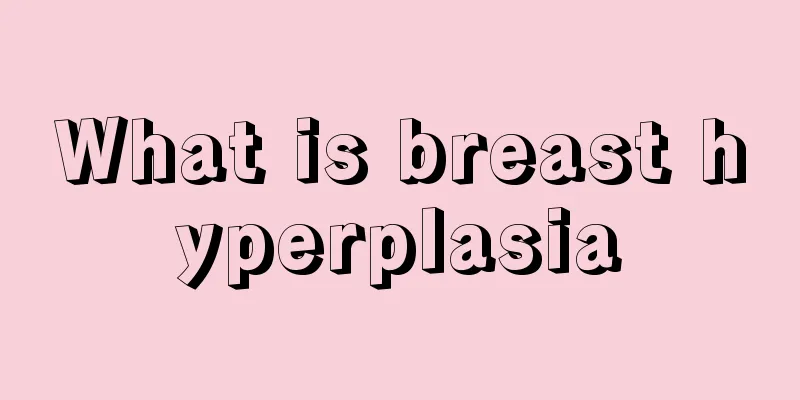How can primary medical institutions cope with the peak in visits to respiratory diseases?

|
Recently, winter respiratory disease epidemics have overlapped in many parts of the country, and the demand for medical and health services among urban and rural residents, especially children, has increased significantly. In order to guide all localities to effectively play the sentinel role of primary medical and health institutions, the Department of Primary Health Care issued a notice on relevant work. Recently, winter respiratory disease epidemics have overlapped in many parts of the country, and the demand for medical and health services among urban and rural residents, especially children, has increased significantly. In order to guide all localities to effectively play the sentinel role of primary medical and health institutions, the Department of Primary Health Care issued a notice on relevant work. The notice mainly involves seven aspects: 1. Make every effort to tap resources and provide pediatric diagnosis and treatment services II. Strengthening the support of general hospitals for primary medical and health institutions 3. Give full play to the role of family doctors and provide health management services for key groups IV. Ensure the effective operation of fever clinics in primary medical and health institutions 5. Prepare supplies for primary medical and health institutions to deal with respiratory diseases in winter and spring 6. Strengthen the training of primary care medical staff on the diagnosis and treatment of pediatric and winter and spring respiratory diseases 7. Strengthen health education and publicity Since responding to the COVID-19 epidemic, primary medical and health institutions have effectively played a fundamental role in "maintaining health and preventing severe illness" and have withstood the test. In responding to winter and spring respiratory diseases, primary medical and health institutions need to provide pediatric diagnosis and treatment services and health management services for key groups such as the elderly and children. How should primary medical and health institutions meet the challenge? What requirements does this notice put forward for grassroots medical and health institutions? Primary medical and health care institutions should be fully open to children and must not refuse medical treatment. Primary medical and health institutions should strengthen the early identification and diagnosis of children's respiratory diseases, and provide timely guidance and referral for seriously ill children. We will give full play to the characteristics of traditional Chinese medicine, which is simple, convenient, effective and inexpensive, organize the formulation of traditional Chinese medicine prevention and treatment plans, and provide appropriate traditional Chinese medicine services for children with the disease. In view of the epidemic characteristics of respiratory diseases in winter and spring, especially influenza, new coronavirus infection, and mycoplasma pneumonia, the notice emphasizes that primary medical and health institutions must be equipped with necessary facilities and equipment, such as thermometers, pediatric nebulizers (children's masks), etc., and fill in the gaps and equip necessary related medicines, such as antibiotics, antiviral drugs, cough and phlegm medicines, nebulizer drugs, and traditional Chinese medicine (Chinese patent medicine) suitable for children; it is also necessary to continuously improve the knowledge and skills of primary medical staff in the diagnosis and treatment of pediatric and winter and spring respiratory diseases; strengthen the support of comprehensive hospitals for primary medical and health institutions; and do a good job in daily operation monitoring of fever clinics in primary medical and health institutions and monitoring of respiratory infectious diseases. In what areas are pediatric diagnosis and treatment services provided? Primary medical and health institutions should do everything possible to tap resources to provide pediatric diagnosis and treatment services, mainly with the following requirements: First, grassroots medical and health institutions that can provide pediatric services must report to their respective jurisdictions, and their names can be announced when pediatric service units are publicly announced. Second, primary medical and health institutions that provide pediatric diagnosis and treatment services must publish clear unit locations, hours, contact numbers, and service contents to facilitate searches by the sick children’s families. Third, in response to overlapping epidemics of respiratory diseases and high demand for services, community health service centers can extend service hours by 1 to 3 hours on weekdays, or increase diagnosis and treatment service hours on Saturdays and Sundays as appropriate. Fourth, if conditions permit, an independent pediatric clinic or area can be set up to facilitate the treatment of children with respiratory diseases. Fifth, simplify and optimize the medical treatment process and shorten the length of stay in the clinic so as to serve more children during the peak period of the disease. Sixth, actively receive training in the diagnosis and treatment of pediatric diseases, and refer any seriously ill children in a timely manner. Seventh, learn about TCM prevention and treatment plans and provide appropriate TCM services for sick children. Eighth, fever clinics should be set up as much as possible and opened as much as possible. When primary medical and health institutions provide pediatric diagnosis and treatment services, it is difficult for sick children to come for medical treatment by themselves, and most of them require the whole family to come for treatment. Therefore, serving sick children well can increase the trust of patients' families in doctors and service institutions, and using pediatrics to drive other diagnosis and treatment services and do a good job in chronic disease management for sick children's families. This is a good opportunity to ensure the health needs of the "old and young". In addition, strengthening active contact with key groups such as the elderly and children, extending services to families, and guiding them to seek medical treatment in a timely manner when necessary can also play the role of family doctors and further improve the health management of key groups. |
>>: How is your waist? Don’t take back pain lightly!
Recommend
What should I do if my child's arm becomes red and swollen after getting a diphtheria shot? Does the child need to get three consecutive diphtheria shots?
When we were young, we all received vaccinations ...
How to treat benign breast nodules?
Women need to pay great attention to various brea...
When you feel uncomfortable taking enteric-coated aspirin tablets before meals, do you doubt the timing of taking the medicine?
Introduction Recently, a patient asked, "The...
Why is vaginal discharge light green?
The normal color of female friends' leucorrhe...
What is the cause of vulvar leukoplakia
Vulvar leukoplakia makes many women panic. In fac...
The secrets of longevity of women in nine countries: Chinese women speak out
Multiple studies have found that women generally ...
Is watermelon cold or hot? Why does eating watermelon cause diarrhea?
Summer is the main season for eating watermelon, b...
How to apply liquid eyeliner: The order of application must not be messed up
When putting on makeup, people will spend a lot o...
What should I do if my sweater shrinks after machine washing? What are the tips for washing sweaters without shrinking them?
Sweaters are one of the most common items in autu...
The first time I had sex after giving birth was super painful
After giving birth, the first sexual intercourse ...
What are the methods for maintaining the uterus and ovaries?
When it comes to women's maintenance, we have...
Are there any carcinogens hidden in your home? I suggest you check it out right away
Home is our warm harbor. After we have worked har...
2020 Facebook IQ Hot Topics and Trends Report (Chinese Version)
As the most widely used social platform in the wo...
Can women drink soy milk during menstruation?
After all, menstruation is a special period for w...









